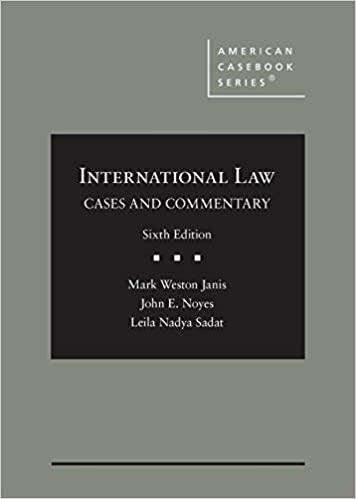Question
The current juvenile justice center has been compared to a maze and its dysfunction attributed to aspects of its construction. Our textbook spoke of systemic
The current juvenile justice center has been compared to a maze and its dysfunction attributed to aspects of its construction. Our textbook spoke of systemic inefficiencies and bias - including inequitable outcomes for some populations. A UN Study "Making the Law Work for Everyone" reports: Perhaps one of the most striking revelations of the study is the extent to which the police and official justice systems side with the rich, persecute poor people, and make poor people more insecure, fearful, and poorer. Particularly in urban areas, poor people perceive the police not as upholding justice, peace and fairness, but as threats and sources of insecurity." The very outcomes we desire (young people being rehabilitated according to their need) are shaped by the very structure of the juvenile justice system that our young people are being placed into. What are your thoughts? As you look back through our textbook, specifically the chapter on Theories of Causation, do you see an infrastructure created to protect certain populations? Please be specific.
Step by Step Solution
There are 3 Steps involved in it
Step: 1

Get Instant Access to Expert-Tailored Solutions
See step-by-step solutions with expert insights and AI powered tools for academic success
Step: 2

Step: 3

Ace Your Homework with AI
Get the answers you need in no time with our AI-driven, step-by-step assistance
Get Started


